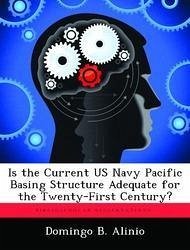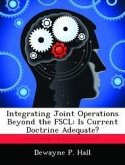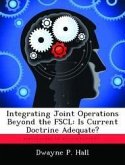This thesis examines the adequacy of the current US Navy Pacific Fleet (USPACFLT) basing structure for the twenty-first century. It reviews the history of the USPACFLT and highlights the significant role it has played in pursuing American interests in the region. Despite its unresolved issues with Taiwan, territorial disputes in the South and East China Seas, and its ambiguous reaction to North Korea, China continues with its significant naval modernization through an active procurement program of Russian-built ships and armaments, and updates on indigenous designs. Given this trend, a possibility exists that China's People's Liberation Army Navy could collide with the USN in the future. However, based on the assessment of PLAN's current and near-term capabilities, the study concludes that current USN Pacific basing structure is adequate until 2016. Given this, the paper recommends that the USN maintains and strengthens its Pacific Fleet's capabilities to counter China's potential maritime threat. Furthermore, as overseas basing access becomes more restrictive, and given the possibility of unforeseen events in South Korea and Japan, US policymakers must forthrightly address the implications of concentrating its "nest egg" of forces on Guam and establish alternative locations in existing regional treaty-ally nations and emerging partner states.
Hinweis: Dieser Artikel kann nur an eine deutsche Lieferadresse ausgeliefert werden.
Hinweis: Dieser Artikel kann nur an eine deutsche Lieferadresse ausgeliefert werden.








